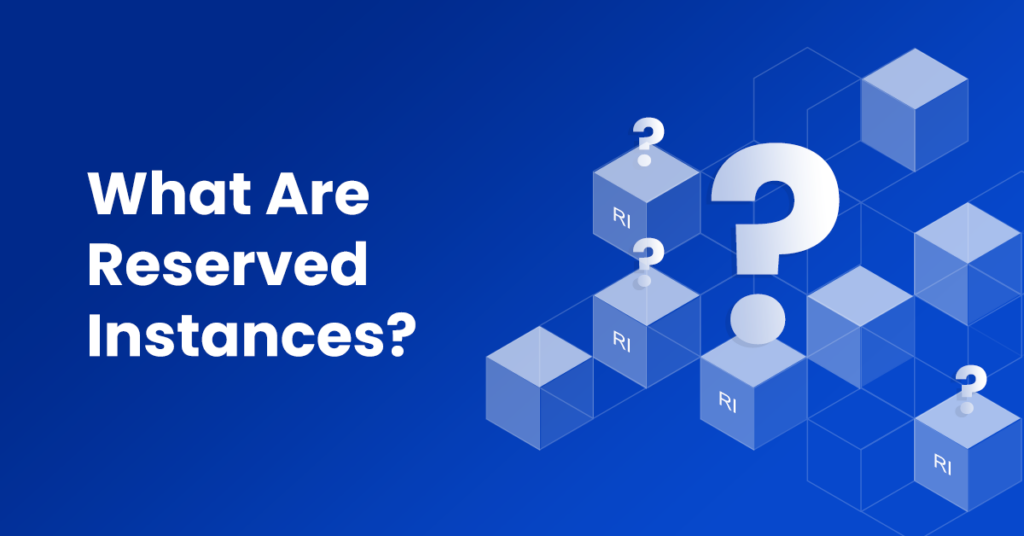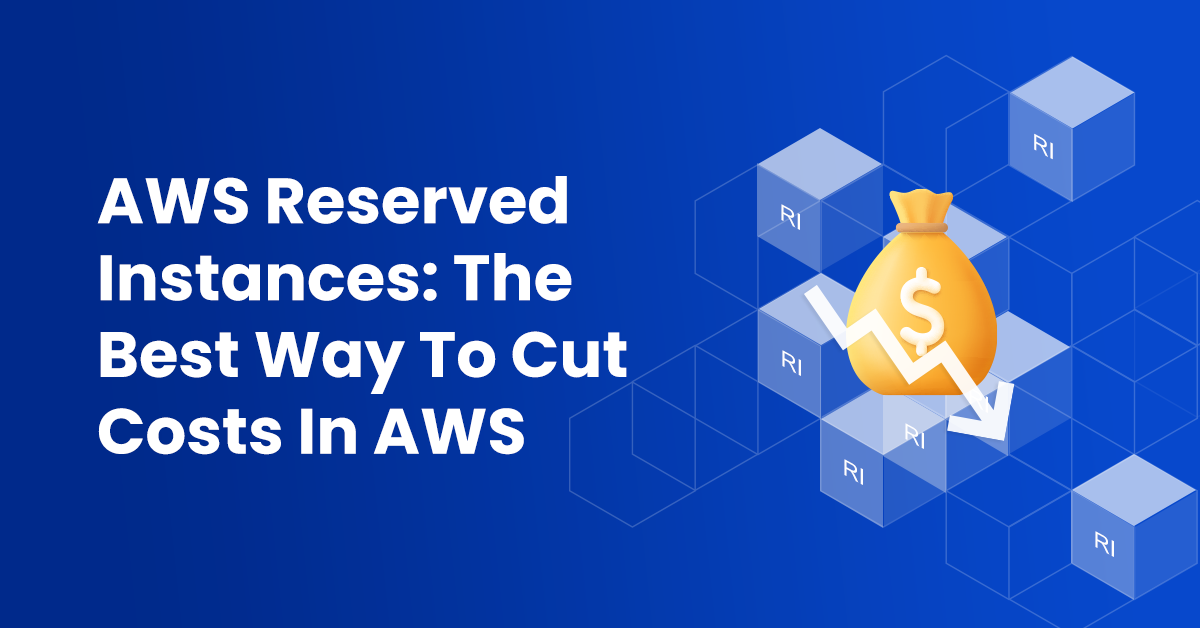The world of cloud computing is ever-changing, and organizations of all sizes increasingly rely on the cloud to power their operations. Amazon Web Services (AWS) is the leading cloud provider, with a wide range of services and features that can be used to create powerful applications and services. However, with all the features and benefits that come with AWS, it can also be expensive.
To help organizations save money on their AWS deployments, Amazon offers a reliable and affordable infrastructure called Reserved Instances. Reserved Instances are a way to purchase compute capacity at a discounted rate, allowing organizations to reduce their AWS costs while still taking advantage of the many benefits of the AWS platform.
This blog will take a closer look at Reserved Instances, including what they are, how they work, and the benefits they offer. We’ll also provide tips on choosing the right Reserved Instances for your organization.
What Are Reserved Instances?

Reserved Instances (RI) are a cost optimization feature provided by cloud provider Amazon Web Services (AWS). They allow you to reserve a certain amount of capacity for a particular cloud service (such as virtual machines, storage, or databases) for a period of time, usually 1 or 3 years. Doing so can reduce your cost compared to on-demand instances, as you pay a discount upfront. RIs are commonly used for workloads that are predictable and run consistently for an extended period of time.
In essence, RIs allow you to reserve a specific amount of capacity for a cloud service at a lower price in exchange for a longer commitment. The capacity reservation guarantees you a specific amount of resources will be available when you need them and eliminates the need to pay the higher, on-demand rate. By committing to a certain amount of computing capacity for a specified period of time, customers can save up to 75% over the normal on-demand rate.
What Benefits Do Reserved Instances Offer?
Using Reserved Instances (RIs) provides several benefits for saving money on cloud computing costs. Some of the benefits are as follows:
- Discounted pricing: RIs offer a significant discount compared to on-demand pricing. The discount can be up to 72%, depending on the cloud provider and the type of instance you choose.
- Predictable costs: By committing to a specific instance type for a longer period of time, you can lock in the discounted pricing and predict your cloud computing costs, making budgeting and cost management easier.
- Flexibility: Many cloud providers allow you to modify or exchange your RIs to accommodate changes in your workload requirements.
- Better utilization: RIs can help you better utilize your cloud resources by eliminating the need to frequently spin up and shut down instances, which can help you save money by avoiding unnecessary costs associated with instances that are not being used.
- Cost optimization: You can further optimize your cloud computing costs by combining RIs with other cost optimization strategies, such as auto-scaling and right-sizing.
Overall, RIs provide a cost-effective way to run your cloud workloads by allowing you to lock in a lower rate and predict your cloud computing costs over the long term. To get the most out of Reserved Instances, customers should analyze their current usage, assess their usage patterns, and compare the different purchase options.
How Do AWS Reserved Instances Work?
Reserved Instances are available for Amazon EC2, Amazon RDS, Amazon ElastiCache, Amazon Redshift, and Amazon OpenSearch. They can be purchased for either a one-year or three-year term. The longer the term, the greater the discount!
- When purchasing a Reserved Instance, customers are required to make a commitment to a certain amount of computing capacity for a specified period of time. This commitment is known as the “reservation” and is the basis for the discounted rate.
- The discount offered by Reserved Instances depends on the size of the instance, the region it’s in, and the type of instance. For example, a one-year reserved instance may offer a 10% discount, while a three-year reserved instance may offer a 15% discount.
- When purchasing a Reserved Instance, customers can choose between a Standard or Convertible option. The Standard option offers a more significant discount, while the Convertible option offers flexibility in switching the RI discount to be applied to different instance types.
- Once the reservation is made, customers are then able to launch instances that match the reservation. This means that customers can launch instances of any size, type, or region that match the reservation as long as capacity is available.
- For example, if a customer makes a reservation for an m4.large instance in the US East (N. Virginia) region, they can launch any m4.large instance in that region, and it will automatically receive a discounted rate.
- The reservation will remain active until the end of the term, regardless of how many instances are launched or how much compute capacity is used. This means it is possible to overprovision or ‘waste’ an RI by purchasing it and not running a matching instance. And that’s why engineers need to constantly check the resources to reduce costs and prevent underutilization. That’s where nOps comes in!
How can nOps help with Reserve Instance Management?
Is your engineering team devoting their time to continuously monitoring and optimizing Amazon EC2 environments to maximize cloud savings — time that could be better spent on innovation?
nOps ShareSave provides real-time, risk-free, hands-free automatic life-cycle management of Amazon EC2/RDS commitments. Get on-demand flexibility with the savings of 1-year Reserved Instances (Rls) – or better! With RIs, choosing longer terms is easy because you want heavier discounts. ShareSave removes the risk of overcommitment while maintaining significant savings. ShareSave is an automation tool that can adjust your commitment terms based on your current usage. It’s a real-time application making necessary adjustments on your behalf.
The model can be a game-saver if you want your metrics sorted. Also, even if the chosen pricing model is not helping you save appropriately, with our ShareSave solution, you can consolidate cloud accounts into a single pricing model and offer ongoing visibility to change requests. This helps you easily manage cloud costs and save more money.



